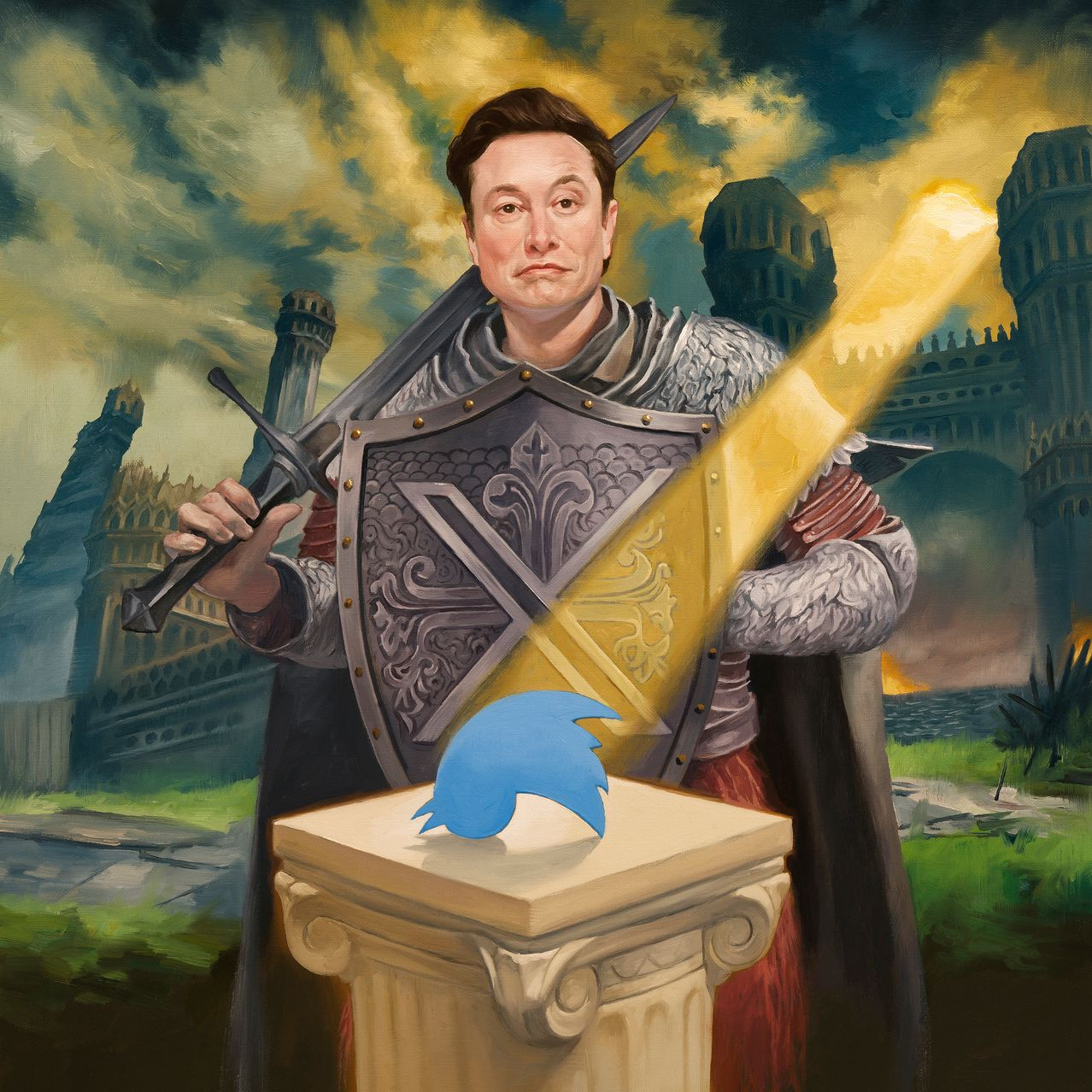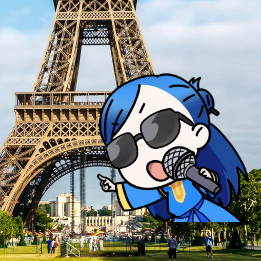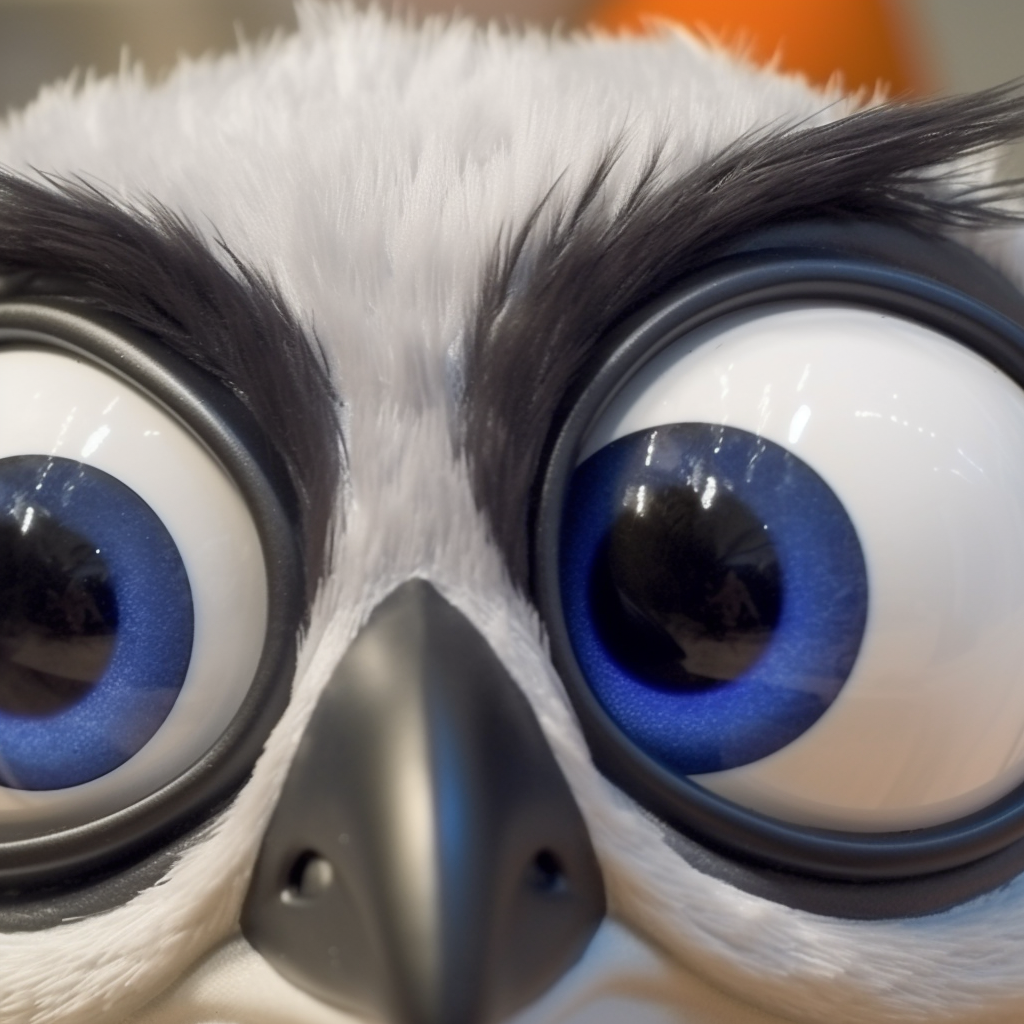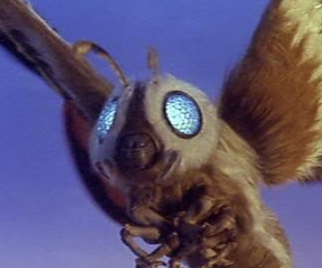Summary and Key Moments
Courtesy of Kagi Universal Summarizer:
Elon Musk acquired Twitter in a $44 billion deal finalized in October 2022. The excerpt describes Musk’s initial reluctance to join Twitter’s board, followed by his decision to pursue a full takeover as a way to fulfill his long-held vision of an “everything app.” Musk had to negotiate with Twitter’s CEO and board, and also secure financing from investors like Larry Ellison. The closing of the deal allowed Musk to immediately fire Twitter’s top executives, which he viewed as justified due to concerns about user metrics. Throughout the process, Musk’s enthusiasm for the platform fluctuated alongside his concerns about content moderation and the company’s challenges.
-
Musk started buying shares of Twitter in January 2022 after deciding he wanted to “push his chips back on the table” following Tesla’s success.
-
Musk saw Twitter as a way to fulfill his original vision for X.com, which he wanted to be an “everything app” for financial and social uses.
-
Musk grew concerned about the “woke mind virus” and felt Twitter suppressed anti-establishment voices.
-
Musk agreed to join Twitter’s board but later decided he couldn’t fix the company that way and made an offer to buy it outright.
-
Musk had to find outside investors like Larry Ellison to help finance the $44 billion deal.
-
Revelations of problems at Twitter led Musk to try to renegotiate the deal price or back out, but he eventually went through with the original terms.
-
Musk was surprised by Twitter’s lax and “coddling” culture when he took over.
-
Musk fired Twitter’s top executives like CEO Parag Agrawal shortly after closing the deal.
-
Musk saw an opportunity to fire executives “for cause” and prevent their stock options from vesting.
-
Musk aims to fulfill his long-held vision of creating an “everything app” by overhauling Twitter.
Full Article Text
In April 2022, things were going surprisingly well for Elon Musk. Tesla stock had risen 15-fold in five years, making it worth more than the next nine auto companies combined. SpaceX in the first quarter of 2022 launched twice as much mass into orbit as all other companies and countries combined. Its Starlink satellites had just succeeded in creating a privately owned internet, providing connectivity to 500,000 subscribers in 40 countries, including Ukraine.
It promised to be a glorious year, if only Musk could leave well enough alone. But that was not in his nature.
Shivon Zilis, who manages Neuralink (Musk’s company working on implantable brain-computer interfaces) and is the mother of two of his children, noticed that by early April he had the itchiness of a video-game addict who has triumphed but couldn’t unplug. “You don’t have to be in a state of war at all times,” she told him that month. “Or is it that you find greater comfort when you’re in periods of war?”
“It’s part of my default settings,” he replied. As he put it to me, “I guess I’ve always wanted to push my chips back on the table or play the next level of the game.”
This period of unnerving success coincided, fatefully, with a moment when he had exercised some expiring stock options that left him with about $10 billion in cash. “I didn’t want to just leave it in the bank,” he says, “so I asked myself what product I liked, and that was an easy question. It was Twitter.” That January, he had confidentially told his personal business manager, Jared Birchall, to start buying shares.
The way that Musk blustered into buying Twitter and renaming it X was a harbinger of the way he now runs it: impulsively and irreverently. It is an addictive playground for him. It has many of the attributes of a school yard, including taunting and bullying. But in the case of Twitter, the clever kids win followers; they don’t get pushed down the steps and beaten, like Musk was as a kid. Owning it would allow him to become king of the school yard.
More than two decades earlier he had started a company called X.com, which he wanted to make into an “everything app” that would handle all of a person’s financial transactions and social connections. When it merged with a payment service co-founded by Peter Thiel called PayPal , Musk fought furiously to keep X.com as the name of the combined company. His new colleagues resisted. PayPal had become a trusted brand name, with a friendly chirpiness similar to that of Twitter, whereas the name X.com conjured up visions of a seedy site you would not talk about in polite company. Musk was ousted, and he remains unwavering to this day. “If you want to just be a niche player, PayPal is a better name,” he says. “But if you want to take over the world’s financial system, then X is the better name.”
By the time he started buying its shares, Musk saw Twitter, whose name he likewise felt was too niche and precious, as a way to fulfill his original concept. “Twitter could become what X.com should have been,” he told me that April, “and we can help save free speech in the process.”
By then, a new ingredient had been added to this cauldron: Musk’s swelling concern with the dangers of what he called the “woke mind virus” that he believed was infecting America. “Unless the woke mind virus, which is fundamentally anti-science, anti-merit, and anti-human in general, is stopped, civilization will never become multiplanetary,” he told me gravely.
Musk’s anti-woke sentiments were partly triggered by the decision of his oldest child, Jenna, then 16, to transition. “Hey, I’m transgender, and my name is now Jenna,” she texted the wife of Elon’s brother. “Don’t tell my dad.” When Musk found out, he was generally sanguine, but then Jenna became a fervent Marxist and broke off all relations with him. “She went beyond socialism to being a full communist and thinking that anyone rich is evil,” he says. The rift pained him more than anything in his life since the infant death of his firstborn child Nevada. “I’ve made many overtures,” he says, “but she doesn’t want to spend time with me.”
He blamed it partly on the ideology he felt that Jenna imbibed at Crossroads, the progressive school she attended in Los Angeles. Twitter, he felt, had become infected by a similar mindset that suppressed right-wing and anti-establishment voices.
One night after it became public that he was buying Twitter stock, Musk called Parag Agrawal, the software engineer who had taken over from Jack Dorsey as Twitter’s CEO. They decided to meet secretly for dinner on March 31, along with Twitter’s board chair Bret Taylor.
Musk found Agrawal to be likable. “He’s a really nice guy,” he says. But that was the problem. If you ask Musk what traits a CEO needs, he would not include being a really nice guy. One of his maxims is that managers should not aim to be liked. “What Twitter needs is a fire-breathing dragon,” he said after that meeting, “and Parag is not that.”
Musk hadn’t yet thought about taking over Twitter himself. At their meeting, Agrawal invited him to join Twitter’s board, and he agreed. For a brief couple of days, it looked as if there would be peace in the valley.
Luke Nosek and Ken Howery, Musk’s close friends and fellow PayPal cofounders, paced around the mezzanine workspace of the Tesla factory and headquarters in Austin, Texas, on the afternoon of April 6, the day after the announcement that he was joining the Twitter board. They were wary. “It’s probably a recipe for trouble,” Musk merrily conceded as he sat down at a conference table overlooking the assembly lines. “It’s very clear that the inmates are running the asylum,” he said of Twitter’s workers.
He repeated his simple view that it would be good for democracy if Twitter stopped trying to restrict what users could say. Despite sharing Musk’s libertarian views on free speech, Howery pushed back gently. “Should it be like a telephone system, where the words that go in one end come out exactly the same on the other end?” he asked. “Or do you think this is more like a system that is governing the discourse of the world, and maybe there should be some intelligence put into the algorithm that prioritizes and deprioritizes things?”
“Yeah, it’s a thorny question,” Musk answered. “There’s an ability to say something, and then there is also the issue of to what degree it’s promoted or amplified.” Perhaps the formula for promoting tweets should be more open. “It could be an open-source algorithm placed on GitHub so people can sift through it.”
Musk then threw out a few other ideas. “What if we charged people a small amount, like two dollars a month, to be verified?” he asked. Getting a user’s credit card, he said, would eliminate bots, provide a new revenue stream and facilitate his goal of turning Twitter into a payments platform, like he had envisioned for X.com, where people could send money, hand out tips and pay for stories, music and videos. Because Howery and Nosek had been with Musk at PayPal, they liked the idea. “It could fulfill my original vision for X.com and PayPal,” Musk said with a gleeful laugh.
His brother Kimbal told him over lunch the next day that it would be better to start a new social-media platform based on the blockchain. Musk was intrigued and got into giddy mode. Perhaps, he said half-jokingly, it could have a payment system using Dogecoin, the semi-serious cryptocurrency whose development he had been quietly funding. After lunch, he sent Kimbal a few texts fleshing out the idea for “a blockchain social media system that does both payments and short text messages like Twitter.”
He then flew to Larry Ellison’s Hawaiian island, Lanai. He had planned the trip as a quiet rendezvous with one of the women he was occasionally dating, the Australian actress Natasha Bassett. But instead of using it as a relaxed mini-vacation, he spent his four days there figuring out what to do about Twitter.
He stayed awake most of his first night stewing about the problems Twitter faced. When he looked at a list of users who had the most followers, they were no longer very active. So at 3:32 a.m. Hawaii time, he posted a tweet: “Most of these ‘top’ accounts tweet rarely and post very little content. Is Twitter dying?”
About 90 minutes later, Twitter CEO Agrawal sent Musk a text message: “You are free to tweet ‘Is twitter dying?’ or anything else about Twitter, but it’s my responsibility to tell you that it’s not helping me make Twitter better in the current context.” It was a restrained text, carefully worded to avoid implying that Musk no longer had the right to disparage the company.
When Musk got the text, it was just after 5 a.m. in Hawaii, but he was still going strong. He shot back a scathing reply: “What did you get done this week?” It was the ultimate Musk put-down.
Then he texted back a fateful three-shot volley: “I’m not joining the board. This is a waste of time. Will make an offer to take Twitter private.”
Agrawal was shocked. “Can we talk?” he asked plaintively.
Within three minutes, Taylor, the Twitter board chair, texted Musk with a similar plea to talk. “Do you have five minutes so I can understand the context?” he asked Musk.
“Fixing Twitter by chatting with Parag won’t work,” Musk answered. “Drastic action is needed.”
Musk says that it became clear to him when he got to Hawaii that he would not be able to fix Twitter or turn it into X.com by going on the board: “I decided I didn’t want to be co-opted and be some sort of quisling on the board.” There was one other factor. Musk was in a manic mood, and he was acting impetuously.
As was often the case, his ideas fluctuated wildly with his mood swings. Even as he was barreling toward buying Twitter, he was texting with Kimbal about their idea of starting a new social-media company. “I think a new social-media company is needed that is based on the blockchain and includes payments,” he wrote.
But by later that afternoon—Saturday, April 9—he had embraced the idea of buying Twitter. “It already has a base of users,” he told me. “You need that booster to launch X.com.” He sent a text to Birchall. “This is real,” he assured him. “There is no way to fix the company as a 9% shareholder.”
Musk then flew to Vancouver to meet his on-and-off girlfriend Claire Boucher, the performance artist known as Grimes. She had been pushing him to go there so that she could introduce their son X (yes, X) to her parents and aging grandparents. But when it came time to drive to see her parents, she decided to leave Musk back in the hotel. “I could tell that he was in stress mode,” she says.
Indeed he was. Late that afternoon, Musk texted Taylor his official decision. “After several days of deliberation—this is obviously a matter of serious gravity—I have decided to move forward with taking Twitter private,” he said.
That night, after Grimes returned to their hotel, he unwound by immersing himself in a new video game, “Elden Ring,” which he had downloaded onto his laptop. Elaborately rendered with cryptic clues and strange plot twists, it requires intense focus, especially when it comes to calculating when to attack. He spent a lot of time in the game’s most dangerous regions, a fiery-red hellscape known as Caelid. “Instead of sleeping,” Grimes said, “he played until 5:30 in the morning.”
Moments after he finished, he sent out a tweet: “I made an offer.”
Musk then set about finding outside investors who would help him finance the purchase. He asked Kimbal, who declined. He was more successful with Larry Ellison. “Yes, of course,” Ellison had answered when Musk asked earlier in the week if he was interested in investing in the deal.
“Roughly what dollar size?” Musk asked. “Not holding you to anything, but the deal is oversubscribed, so I have to reduce or kick out some participants.”
“A billion,” said Ellison, “or whatever you recommend.”
Ellison had not tweeted in a decade. In fact, he could not remember his Twitter password, so Musk had to personally get it reset for him. But Ellison believed that Twitter was important. “It’s a real-time news service, and there’s nothing really like it,” he told me. “If you agree it’s important for a democracy, then I thought it was worth making an investment in it.”
One person who was eager to be in the deal was Sam Bankman-Fried, the soon-to-be-disgraced founder of the cryptocurrency exchange FTX. Musk’s Morgan Stanley banker urged him to call Bankman-Fried, saying that he “would do the engineering for social media blockchain integration” and put $5 billion in the deal.
Despite having kicked around with Kimbal the idea of building a social network on the blockchain, Musk felt that this approach would be too sluggish to support fast-paced Twitter postings. So he had no desire to meet with Bankman-Fried. When his banker persisted by reiterating that Bankman-Fried “could do $5bn,” Musk responded with a “dislike” button. “Blockchain Twitter isn’t possible, as the bandwidth and latency requirements cannot be supported by a peer to peer network.” He said he might at some point meet with Bankman-Fried, “so long as I don’t have to have a laborious blockchain debate.”
Bankman-Fried then texted Musk directly to say he was “really excited about what you’ll do with TWTR.” He said he had $100 million of Twitter stock that he’d like to “roll,” meaning that his Twitter stock would be converted into a stake in the new company once Musk took it private. “Sorry, who is sending this message?” Musk texted back. When Bankman-Fried apologized and introduced himself, Musk replied curtly, “You’re welcome to roll.”
That led Bankman-Fried to call Musk in May. “My bullshit detector went off like red alert on a Geiger counter,” Musk says. Bankman-Fried began talking rapidly, all about himself. “He was talking like he was on speed or Adderall, a mile a minute,” Musk says. “I thought he was supposed to be asking me questions about the deal, but he kept telling me the things he was doing. And I was thinking, ‘Dude, calm down.’” The feeling was mutual; Bankman-Fried thought Musk seemed nuts. The call lasted a half hour, and Bankman-Fried ended up neither investing nor rolling over his Twitter stock.
Musk successfully put together his financing, and the Twitter board accepted his plan at the end of April. Instead of celebrating that night, Musk flew down to his Starbase rocket-launch site in south Texas. There he participated in the regular nightly meeting on redesigning the Raptor engine and, for more than an hour, wrestled with how to deal with unexplained methane leaks they were experiencing. The Twitter news was the burning topic around the world, but the SpaceX engineers knew he liked to stay focused on the task at hand, and no one mentioned it. Then he met Kimbal at a roadside cafe in Brownsville that featured local musicians. They stayed there until 2 a.m., sitting at a table right in front of the bandstand, just listening to the music.
In the months between the deal agreement and the official closing, Musk’s moods fluctuated wildly. “I am very excited about finally implementing X.com as it should have been done, using Twitter as an accelerant!” he texted me at 3:30 one morning. “And, hopefully, helping democracy and civil discourse while doing so.”
A few days later, he was more somber. “I will need to live at Twitter HQ. This is a super tough situation. Really bumming me out :( Sleep is difficult.” He was having doubts about taking on such a messy challenge. “I’ve got a bad habit of biting off more than I can chew,” he admitted in a long talk with me one night. “I think I just need to think about Twitter less. Even this conversation right now is not time well spent.”
Revelations from a whistle-blower and others had inflamed his conviction that Twitter had been lying about the number of actual users and that his original offer of $44 billion was too much. He wanted a better deal. Throughout September, he was on the phone with his lawyers three or four times a day. Sometimes he was in an aggressive mood and insisted that they could beat the lawsuit that Twitter had filed in Delaware seeking to force him to go through with his first offer. “They are shitting bricks about the dumpster fire they’re in,” he said of the Twitter board. “I cannot believe that the judge will railroad the deal through. It would not pass muster with the public.”
His lawyers finally convinced him that he would lose the case if they took it to trial. It was best just to close the deal on the original terms. By that point Musk had even regained some of his enthusiasm about taking over the company. “Arguably, I should just pay full price, because these people running Twitter are such blockheads and idiots,” he told me in late September. “The potential is so great. There are so many things I could fix.” He agreed to an official closing of the deal in October.
Musk scheduled a visit to Twitter in San Francisco for Wednesday, Oct. 26, to poke around and prepare for the official closing of the deal, which was scheduled for that Friday. He seemed amazed as he wandered around the headquarters, which was in a 10-story Art Deco former merchandise mart built in 1937. It had been renovated in a tech-hip style with coffee bars, yoga studio, fitness room and game arcades. The cavernous ninth-floor cafe served free meals ranging from artisanal hamburgers to vegan salads. The signs on the restrooms said “Gender diversity is welcome here,” and as Musk poked through cabinets filled with stashes of Twitter-branded merchandise, he found T-shirts emblazoned with the words “Stay woke,” which he waved around as an example of the mindset that he believed had infected the company.
Between Twitterland and the Muskverse there was a radical divergence in outlook. Twitter prided itself on being a friendly place where coddling was considered a virtue. “We were definitely very high-empathy, very caring about inclusion and diversity; everyone needs to feel safe here,” says Leslie Berland, who was chief marketing and people officer until she was fired by Musk. The company had instituted a permanent work-from-home option and allowed a mental “day of rest” each month. One of the commonly used buzzwords at the company was “psychological safety.” Care was taken not to cause discomfort.
Musk let loose a bitter laugh when he heard the phrase “psychological safety.” It made him recoil. He considered it to be the enemy of urgency, progress, orbital velocity. His preferred buzzword was “hardcore.” Discomfort, he believed, was a good thing. It was a weapon against the scourge of complacency. Vacations, work-life balance and days of “mental rest” were not his thing.
He became amused and then repulsed by how Twitter’s iconic blue bird logo was plastered everywhere. He is not a chirpy person; he relishes dark and stormy drama rather than chipper and light chattiness. “All these damn birds have to go,” he told a lieutenant.
The closing of the Twitter deal had been scheduled for that Friday. An orderly transition had been scripted for the opening of the stock market that morning. The money would transfer, the stock would be delisted, and Musk would be in control. That would permit Agrawal and his top Twitter deputies to collect severance and have their stock options vest.
But Musk decided that he did not want that. On the afternoon before the scheduled close he methodically planned a jiu-jitsu maneuver: He would force a fast close that night. If his lawyers and bankers timed everything right, he could fire Agrawal and other top Twitter executives “for cause” before their stock options could vest.
It was audacious, even ruthless. But it was justified in Musk’s mind because of his conviction that Twitter’s management had misled him. “There’s a 200-million differential in the cookie jar between closing tonight and doing it tomorrow morning,” he told me late Thursday afternoon in the war room as the plan unfolded.
At 4:12 p.m. Pacific time, once they had confirmation that the money had transferred, Musk pulled the trigger to close the deal. At precisely that moment, his assistant delivered letters of dismissal to Agrawal and his top three officers. Six minutes later, Musk’s top security officer came down to the second-floor conference room to say that all had been “exited” from the building and their access to email cut off.
The instant email cutoff was part of the plan. Agrawal had his letter of resignation, citing the change of control, ready to send. But when his Twitter email was cut off, it took him a few minutes to get the document into a Gmail message. By that point, he had already been fired by Musk.
“He tried to resign,” Musk said.
“But we beat him,” his gunslinging lawyer Alex Spiro replied.
That is an enormous amount of words to say, “Elon Musk is a piece of shit.” I suppose the context helps. But as the events unfolded in real time in 2022, it was clear how much of a piece of shit he is, was, and always has been.
I long for the day his money is gone and he’s peddling his bullshit to anyone who will listen at the homeless shelter in which he resides. Wishful thinking, of course, since there are still millions of mindless stooges who think he’s Iron Man.
Remember, he grew up a rich white boy in full apartheid South Africa, and never matured beyond that. He has no ability for self-reflection or introspection. Which means he’s never wrong, so someone else must be to blame. So far, that’s included religious, racial, and sexual minorities. He’s only going to grow more deranged as time goes on.
That is an enormous amount of words to say, “Elon Musk is a piece of shit.”
More like “Elon Musk is a piece of shit and he bought Twitter on a whim, because he’s bored, too rich to care, too big to fail.”
I think musk should be institutionalized. He obviously shares the unthreatening characteristics of me and some fellow autistic people (obsessive personality, inability to let go, mindblindness and probably adhd) but he is actively harming people around him (which constitutes the need for institutionalization).
There is so much momentum behind every billionaire that they cannot fail, no matter how bad they fuck up. The system and their buddies will prop Elon up even if he becomes a mere millionaire.
Why did they feel the need to to publish his daughter’s deadname? It’s truly not relevant or needed at all.
The whole article feels pretty pro-Musk propaganda
Did they? I didn’t see it anywhere in the article
I read the copy pasted into the post, maybe they edited it out?
I did edit it out, I didn’t realize they’d deadnamed her and while I’m fine with relaying drivel, I’m not fine with perpetuating deadnaming
Much appreciated, honestly! I had never seen it before and was kind of bummed I’m even aware of it now.
Discomfort, he believed, was a good thing.
This is really all you need to know about worthless scum like Elon.
Discomfort can be a good thing; change is often uncomfortable.
But that’s a far cry from being tortured and it sounds like that’s what Musk does to the people around him; using platitudes and words of wisdom as weapons of control and coercion.
Where is TL;DR bot when we need it? 😁
Musk is possibly manic/depressive, bought Twitter on a whim, decided it was too woke, fired everyone at the top, and is really proud of himself for it.
Good bot
Do due diligence first then buy
The summum of human vice exemplified and amplified by money.
When I read a fluff piece like this, which tries to justify the insane and out of touch actions of someone like Elon, I always immediately try to sort out the intent. Was this written by a paid PR person, or passed to a friendly outlet they know will publish for the clicks? Is it click bait by itself, with the author talking out the side if their mouth to intentionally draw arguments? Is this a “notice me senpai” article by someone wanting to get closer to Musk and his team?
If you look at the targeting, this is written for the maga and q-anon crowd (if you read this while nodding and agreeing with everything but insist you’re not like them, I have exciting news). It starts as a praise piece for Musk, but once it gets to the transitioned daughter it tips its hand. Note all the comments about woke culture and how it disgusts Musk. The reader is supposed to keep nodding along with the piece and find glee in him screwing those woke people at the end. It’s not subtle at all, but these people don’t need subtle, they need a clear narrative, a pat on the head, and to know the “other” is the right people being hurt.
A great counter view of this is Robert Evens’ “Behind the Bastards” on Musk, because it contains content from people forced to enact all the cocksure, out of touch policies of Musk and his team.
You’ve got a good point, but it’s still evident from the article that Musk believes in a giant load of nonsense, is rash and impetuous, and has no idea how to take care of a company and its people, even if it was supposed to present his characteristics in a positive light.

What a tool.
This image is much better than he deserves.
It’s too funny, I can’t stop laughing at it.
Doesn’t this community have a Musk megathread for this?
what an incredibly terrible example of a human being.
Stopped reading a third of the way through when I realized this felt like a non-critical piece. Seriously going to repeat Musk’s lie of caring about free speech and then, without any note of criticism, discuss how he wants to get rid of the “woke mind virus.” Like, he shows who he is, and it’s not someone who cares about free speech. And the writer is a crappy biographer if they’re going to let that go unchallenged.
I also found the writing style boring, but that’s more subjective I suppose.
I’m most interested in the guy who bought almost an entire Hawaiian island, that shouldn’t be possible unless you’re a native Hawaiian. https://en.wikipedia.org/wiki/Larry_Ellison
Welcome to the wonderful world of Standard Fruit Company
Why is there a picture of Margaret Cho?














